As s a beginner wanting to learn the game, it’s essential to start with the basics and build a solid foundation. This is my biggest piece of advice as someone who has had to go back and change his game later in life.
In this article, we’ll explore valuable tennis lessons that will help you develop the necessary skills and knowledge to confidently step onto the court.
I remember when I first picked up a tennis racket and felt both excited and overwhelmed by this game. With the right guidance and practice, I gradually improved and fell in love with the sport. The key is to approach your tennis journey with patience and dedication, working on the primary techniques such as forehand, backhand, and serve. By focusing on these essential elements, you’ll gain a better understanding of the game and see progress with time.
In addition to learning the basic techniques, it’s important for beginners to understand the rules and etiquette of tennis. Familiarizing yourself with the court’s layout and scoring system will not only help you become a better player but also enhance your overall experience on the court. As you continue to improve and immerse yourself in the world of tennis, you’ll discover that the sport offers countless opportunities for growth and enjoyment.
Understanding Tennis: A Beginner’s Perspective
When I first started playing the game, I quickly realized that it’s a game with a unique set of rules and scoring system. Here, I’ll share what beginners should know to develop a solid understanding of tennis.
First and foremost, every tennis game begins with an understanding the basic equipment and court layout. The game is played with a racket and a yellow ball, usually on a hard or clay court. The tennis court is divided into two halves, separated by a net, with lines marking boundaries for different types of shots. There are singles and doubles sidelines and two service boxes on each side of the court.
Now, let’s talk about the scoring system as it was the first thing that caught my attention in the sport of tennis. Unlike most sports where scoring is in increments of single digits, tennis has a unique structure where points are counted as 15, 30, and 40, with the next point winning the game. It’s essential to remember that if both players reach 40, this situation is called a deuce, and a player must win by two points to take the game. A match consists of multiple sets, and a player needs to win a specific number of sets (usually best of three or five) to secure the victory.
Getting Started: First Tennis Lesson
Like anything in life, I do recommend getting some coaching as a new starter. In my experience, the first tennis lesson for beginners is crucial to set the foundation for improvement and enjoyment of the sport. If you’re about to embark on your first lesson, here’s what you can expect and some tips to make the most out of it.
In the first tennis lesson, I think it is important to focus on the basics such as footwork, racket handling, and simple stroke techniques. During this introductory session, you’ll often be introduced to exercises like running the lines and the frying pan to get a feel for the racket and the ball. These exercises will help you get comfortable with the essential movements of tennis.
The key to taking your game to the next level is to never stop moving your feet. As a beginner player, I always remind myself that everything starts with the feet, whether it’s a powerful serve or a backhand return. One crucial footwork skill you’ll learn early on is the split-step. This short hop helps you react quickly to your opponent’s shots and maintain balance throughout the game.
Hard work is a significant factor when it comes to improving your tennis skills. During your first lesson and beyond, be prepared to put in the effort, practice regularly, and stay patient during the learning process. Remember, Rome wasn’t built in a day. Allow yourself time to progress, and soon enough, you’ll see noticeable improvement in your game.
Another aspect of tennis to explore after your first lesson is open play. Engaging in practice matches with friends or other players provides valuable experience and helps build confidence in your abilities. Additionally, it allows you to apply what you’ve learned during your lessons in a real-game scenario.
In conclusion, your first tennis lesson will be an engaging and insightful experience that sets the groundwork for your tennis journey. Keep in mind that constant practice, hard work, and patience will eventually lead to success on the court. So, grab your racket and be prepared to enjoy the fantastic game of tennis.
Importance of Hand-Eye Coordination
In my experience, one of the essential skills to develop as a beginner tennis player is hand-eye coordination. This ability helps you track the ball accurately and anticipate its trajectory, adjust your body position and footwork to prepare for the shot, swing your racket with the right timing, speed, and angle, control the direction, speed, and spin of the ball, and react quickly to your opponent’s shots and changes in the game1.
Here are some benefits of improving hand-eye coordination in tennis:
- Increased accuracy: As you develop better hand-eye coordination, you can better align your racket to the ball and hit it with more precision.
- Better timing: A strong sense of timing allows you to make contact with the ball at the optimal moment to generate power and control.
- Faster reactions: Better hand-eye coordination helps you to respond more quickly to incoming shots and adapt to changing patterns of play.
- Reduced errors: The more efficiently you process visual information and synchronize your movements, the fewer errors you’re likely to make.
To improve your hand-eye coordination, consider implementing the following exercises into your practice routine:
- Juggling: Start with two balls and work your way up to three or more. This activity helps train your brain to process multiple objects’ movement simultaneously.
- Ball toss exercises: Toss a ball from hand to hand, gradually increasing the height and speed of the toss to challenge yourself.
- Ladder drills: Use an agility ladder on the ground to practice footwork and hand-eye coordination together2.
- Wall ball exercises: Bounce a ball off a wall and catch it with one hand or alternating hands, adjusting the distance between yourself and the wall for added challenge.
Remember that practice and consistency are crucial for developing exceptional hand-eye coordination. Commit to incorporating these activities into your training routine, and over time, you’ll notice a marked improvement in your performance on the tennis court.
Skill Levels in Tennis
When it comes to tennis, players can be grouped into various skill levels, which typically range from beginner to advanced. As a beginner tennis player, I started at the lowest level and worked my way up as my skills improved. In this section, I will briefly discuss the different skill levels in tennis and what new players can expect at each stage.
The United States Tennis Association (USTA) has a rating system called the National Tennis Rating Program (NTRP) that assigns skill levels ranging from 1.5 to 7.0. A player with a 1.5 rating is considered a beginner, possibly having little to no athletic experience in general. At this stage, players are still learning the basics of the game, such as proper stance, grip, and basic shots like forehands and backhands. It is common for players to progress quickly from this level as they gain more experience.
As players advance, they transition into an intermediate level, which is classified as Tennis Level 3 in the USTA NTRP rating system. At this stage, players have developed a solid foundation of skills and can begin to explore more complex challenges on the court. Intermediate players may begin to develop their own playing styles and strategies while focusing on improving their consistency and precision.
For more advanced players, their skill level may range from around 4.5 to 7.0 on the NTRP scale, which includes collegiate players, teaching professionals, and even professional athletes. These athletes have mastered advanced techniques and tactics, such as strong serves, powerful groundstrokes, and volleys. They are often able to analyze their opponents’ weaknesses and capitalize on them during matches.
In summary, the journey of a tennis player will typically begin at the beginner level, progress through intermediate stages, and possibly reach advanced skill levels, depending on their dedication and talent. The road to success in tennis can be challenging, but I found that with practice, commitment, and a passion for the sport, anyone can make progress and enjoy the game.
Tennis Court Familiarization
Before you start practicing or taking lessons, it’s crucial to familiarize yourself with the tennis court. Most local courts have similar dimensions and markings, making it easy to navigate the playing area. In this section, I will cover the essential elements of the tennis court and provide you with tips on scheduling facility time for an optimal learning experience.
The tennis court measures 78 feet (23.77 meters) in length and 27 feet (8.23 meters) in width for singles matches, whereas the width extends to 36 feet (10.97 meters) for doubles matches. There are various lines and markings to take note of, such as the baseline, service box, and double-lines. The net divides the court into two halves, with each half consisting of a deuce court and an advantage court. For novice players, understanding these components is vital for proper training and development.
- The Baseline is the boundary line at each end of the court, from where most groundstrokes are hit.
- The Service Box indicates the area in which your serve must land to be considered in bounds.
- Double lines mark the space reserved for doubles matches, extending from the singles sidelines.
Local courts typically have scheduling facilities that allow you to book practice time on the court. You can either reserve the court online or go to their office directly. Booking in advance ensures that you have a consistent time slot to practice every week, and it helps maintain a structured routine in your training sessions. Moreover, by practicing on various surfaces such as clay, grass, or hard court, you will improve your adaptability and expand your range of techniques.
In the early days of learning tennis, it’s advisable to focus on establishing a strong foundation of fundamental skills rather than obsessing over winning games. Familiarizing yourself with the tennis court layout and consistently practicing at your local scheduling facility will contribute to steady improvement and a better overall understanding of the game. As you gain experience, you’ll find yourself growing more comfortable and confident on the court, paving the way for long-term success and enjoyment in the sport of tennis.
Different Types of Tennis Lessons
Private Tennis Lessons
I believe that private tennis lessons provide the most personalized and focused approach to teaching tennis. The perfect instructor tailors each lesson specifically to the student’s individual needs, leading to faster progress. Students receive hours of instruction in a one-on-one setting, which allows them to develop their skills at their own pace. Many instructors operate as a limited liability company, ensuring professionalism and quality in their teaching.
Group Tennis Lessons
Group tennis lessons offer a more social learning environment, where students can meet new friends and learn from each other’s progress. These lessons tend to be more affordable than private tennis lessons and are suitable for beginners. In group lessons, instructors typically use a variety of teaching methods to keep students engaged, including:
- Drills: Practicing specific skills through repetition
- Games: Competitive or cooperative exercises to improve skill and strategy
- Match play: Simulated matches to apply learned techniques
Tennis Programs and Classes
Tennis programs and classes are typically offered by local tennis clubs or community organizations. These programs offer a wide variety of options for students of all skill levels. A tennis lesson package might include a combination of group lessons, private lessons, and match play.
Some popular types of tennis programs include:
- Beginner Programs: Designed for students with little to no experience, focusing on fundamentals
- Intermediate Programs: Aimed at students who have some experience and want to improve specific skills
- Advanced Programs: For experienced players looking to refine their technique and strategy
Match and League Play for Beginners
Match and league play offer beginners the opportunity to apply what they’ve learned in a more competitive setting. Local tennis leagues often organize matches and tournaments specifically for beginner players. This allows students to experience real match play situations, develop mental toughness, and improve their overall game. Participating in a local tennis league also provides an opportunity to meet fellow tennis enthusiasts and expand one’s social network within the tennis community.
Basic Tennis Techniques
Proper Racket Grip
The first step to becoming a solid tennis player is learning the proper racket grip. It begins with placing your dominant hand on the handle. There are different types of grips, such as the Eastern, semi-Western, and Western grips, each suited for different styles of play. Choosing the right one depends on your personal preference and comfort level. One key point to remember is to always maintain a relaxed grip on the racket, allowing for better control and fluidity during your swings.
Good Footwork in Tennis
Having good footwork in tennis is essential to positioning yourself correctly on the court. One fundamental move that every tennis player should master is the split step. This involves taking a small hop right before the opponent hits the ball, allowing you to react quickly and efficiently to their shot. Some other helpful techniques in tennis footwork include:
- Shuffling: Moving laterally across the court with small, quick steps while keeping your body low and balanced.
- Crossover step: Crossing one foot over the other to quickly move in diagonals while maintaining balance.
- Running step: Taking longer strides when chasing down a ball far from your initial position.
Mastering Basic Strokes
Successful tennis players have a strong foundation in basic strokes, such as the forehand, backhand, and serve. To develop these basic skills, follow these tips:
- Forehand: Hold the racket with a comfortable grip and stand facing the net with your feet shoulder-width apart. As the ball approaches, rotate your hips and shoulders while extending your non-dominant hand towards the ball. Swing the racket low to high, making contact with the ball around waist height, and extend through the swing.
- Backhand: For a two-handed backhand, hold the racket with both hands, maintaining a firm, yet relaxed grip. Stand with your feet perpendicular to the net. Rotate your hips and shoulders as the ball approaches, and swing from low to high, making contact with the ball around waist height.
- Serve: Hold the racket using a continental grip. Stand with your feet diagonally towards the net and toss the ball upwards with your non-dominant hand while simultaneously raising the racket behind your head. As the ball reaches its peak, extend your arm and snap your wrist to make contact, aiming for the service box diagonally across the net.
In conclusion, mastering these fundamental tennis techniques will greatly enhance your game and allow you to enjoy playing tennis with more confidence and consistency.
Role of a Tennis Instructor
As a tennis instructor, my main responsibility is to teach the game of tennis to beginners and experienced players alike. I typically work at tennis clubs and may also give private lessons.
In order to be a successful tennis instructor, I need to consider the individual needs and talents of each player, keeping them motivated and engaged throughout the lessons. If a certain player is really good, I will recognize this, but also offer guidance and encouragement to those who may struggle.
I believe that a well-designed lesson plan is essential for both the coach and the students. A structured plan helps learners advance their knowledge and skills in tennis so they can enjoy and excel at the sport ^3^. My lesson plans typically include:
- Introduction: Making a great first impression and creating a comfortable learning environment.
- Basic Knowledge: Introducing the court, tennis racquet elements, and the forehand grip.
- Coordination: Practicing hand-eye coordination with fun and challenging exercises.
- Technique: Teaching racquet-ball exercises tailored for beginning players.
- Footwork: Implementing ball tracking and footwork exercises to improve players’ agility and speed.
My approach focuses on patience, clear communication, and adapting my teaching style to each student’s abilities and progress. I understand that learning tennis can be a challenging task, and my goal is to provide guidance, support, and encouragement to help my students achieve their potential and love the game.
By prioritizing a positive learning environment and tailoring instruction to each player’s needs, beginners can gain confidence in their abilities, improve their skills, and ultimately enjoy the many benefits of playing tennis.
First Time Experiences for New Players
As a complete beginner, the first tennis lesson is crucial for setting up a strong foundation. I recommend watching some videos or signing up for a proper first-time tennis lesson to familiarize with the basic tennis concepts. A good coach will streamline your learning process and make it enjoyable.
During the first few sessions, it’s essential to focus on the fundamentals. I found that breaking down complex movements into simpler tasks was useful. Start by mastering your grip, stance, and ball control. Gradually, you can move on to forehands, backhands, and serves. Some essential drills for beginners will help you to develop proper technique, consistency, and confidence.
Here’s a list of basic tennis equipment that I found necessary when starting my journey:
- Tennis racket: Select a racket that is suitable for your skill level and feels comfortable in your hand.
- Tennis balls: You’ll need plenty of tennis balls for practicing and training.
- Proper attire: Invest in comfortable clothing and footwear specifically designed for tennis. Footwear is the most important thing in my view.
Another aspect that I often overlooked during my initial days as a beginner player was understanding the rules and terminology. Becoming familiar with tennis terminology and scoring helped me grasp the game more effectively and enabled me to compete with others.
Lastly, remember that patience and perseverance are crucial in your tennis journey. Acknowledge your progress and celebrate small victories. Like all sports, this game can get you down at times. It is a long journey and some days you’ll play better than others. You’ll beat some people that are better than you and some days you will lose when you are expecting to win. That’s tennis for you.
Frequently Asked Questions
What are the essential skills for a beginner in tennis lessons?
In beginner tennis lessons, I believe it is crucial for students to focus on developing a strong foundation. The essential skills include proper grip techniques, basic strokes such as forehand and backhand, serving, and learning the rules and scoring system. Footwork and court positioning are also important topics covered in beginner tennis lessons. Players must have a grasp of these basic skills in order to progress and enjoy the game.
How often should beginners take tennis lessons?
As a beginner, I suggest taking tennis lessons at least twice a week to see significant improvements in your skills and understanding of the game. Consistency is key to developing muscle memory and reinforcing proper techniques. You could also practice on your own or with a partner between lessons to enhance your progress.
What should be the primary focus of beginner tennis lessons?
The primary focus of beginner tennis lessons should be on building a strong foundation in the basics of tennis. This includes teaching proper grip, basic strokes, footwork, serving, and understanding the rules and scoring system. The goal is to develop a well-rounded beginner who is ready to progress to more advanced skills and strategies.
Are group or private lessons better for beginner tennis players?
Both group and private lessons have their benefits for beginner tennis players. Group lessons offer a more social and engaging environment, allowing you to learn from others while also practicing with a variety of opponents. In contrast, private lessons provide personalized attention, ensuring that your specific needs and weaknesses are addressed. Consider your learning preferences and budget when making this decision.
What equipment is needed for beginner tennis lessons?
For beginner tennis lessons, I recommend investing in a suitable tennis racket and comfortable athletic attire, including tennis shoes. You may also need tennis balls, although instructors often provide these for each lesson. As you progress, consider purchasing additional accessories, such as a tennis bag, sweatbands, and a water bottle.
How long does it typically take to progress from beginner to intermediate tennis lessons?
The time it takes to progress from beginner to intermediate tennis lessons depends on various factors, such as individual skill level, physical fitness, and commitment to practice. On average, a dedicated beginner might need six months to a year of consistent lessons and practice before transitioning to intermediate level. Keep in mind that each player’s journey is unique, and progression might be quicker or slower for some individuals.
You may also enjoy reading – How Much Do Tennis Coaches Earn in 2024? Our Full Guide – Tennis Pursuits

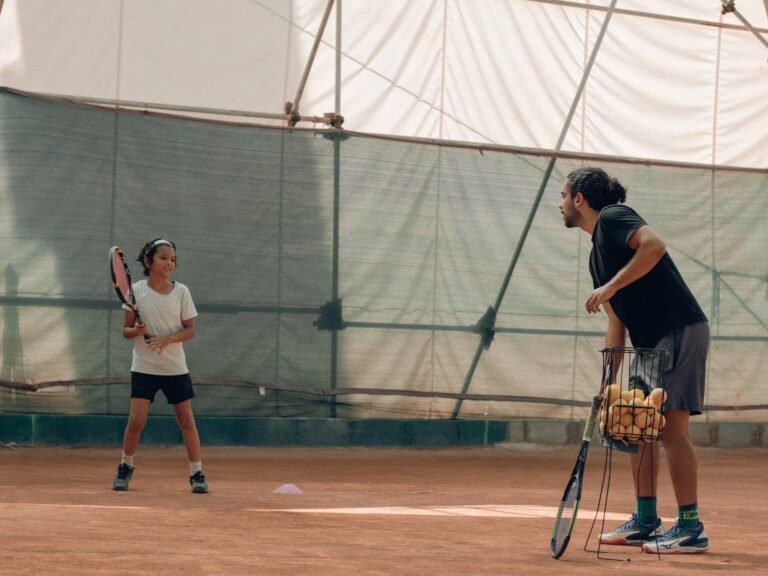
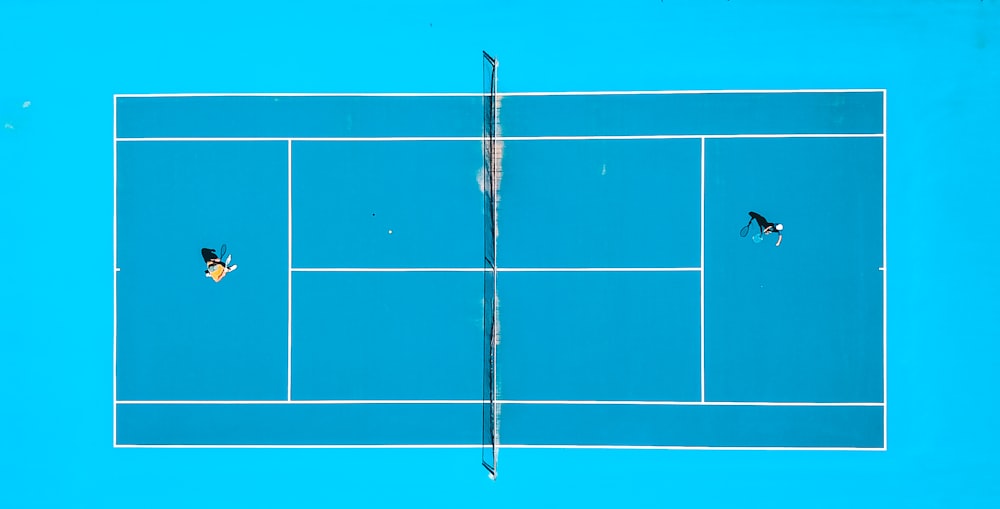
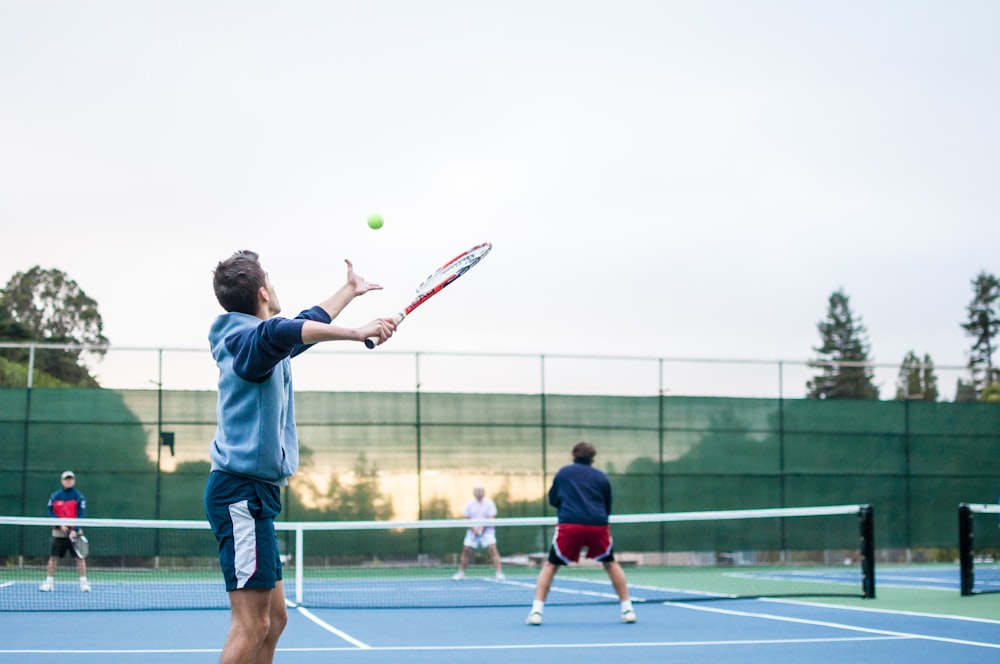
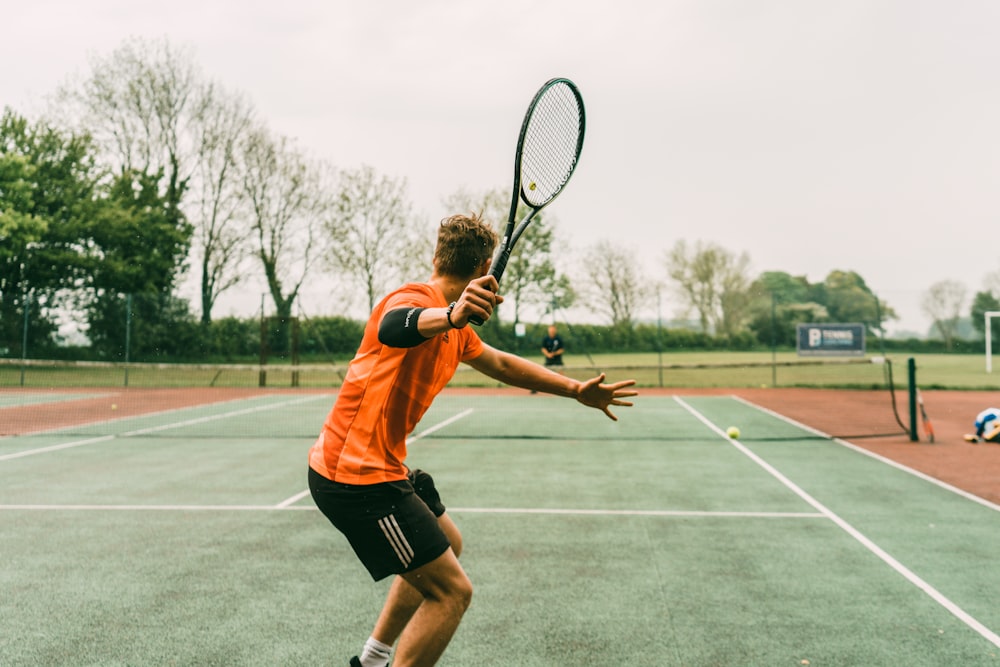
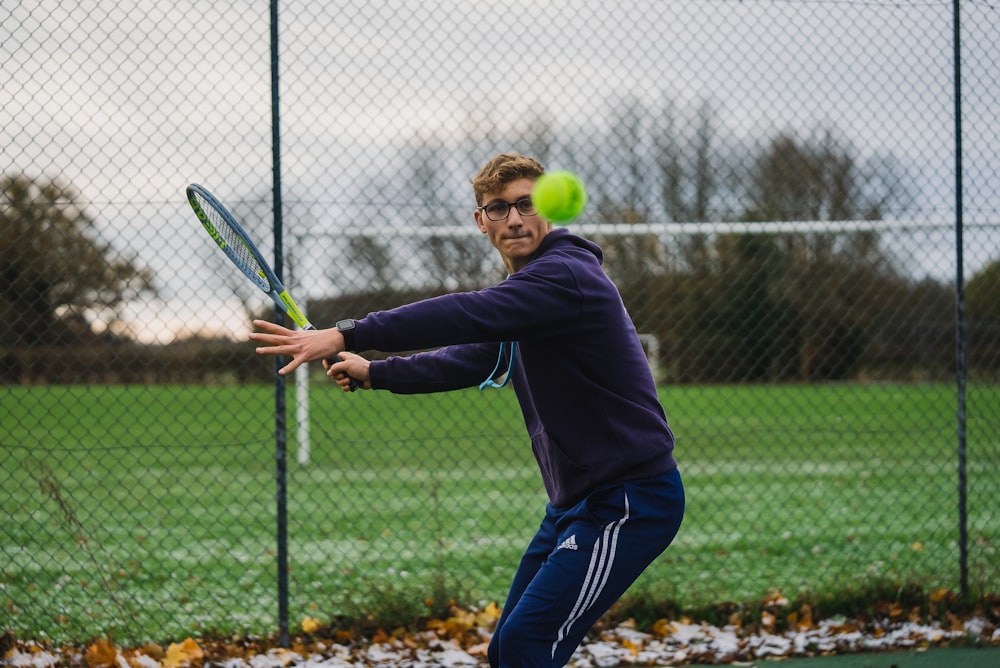

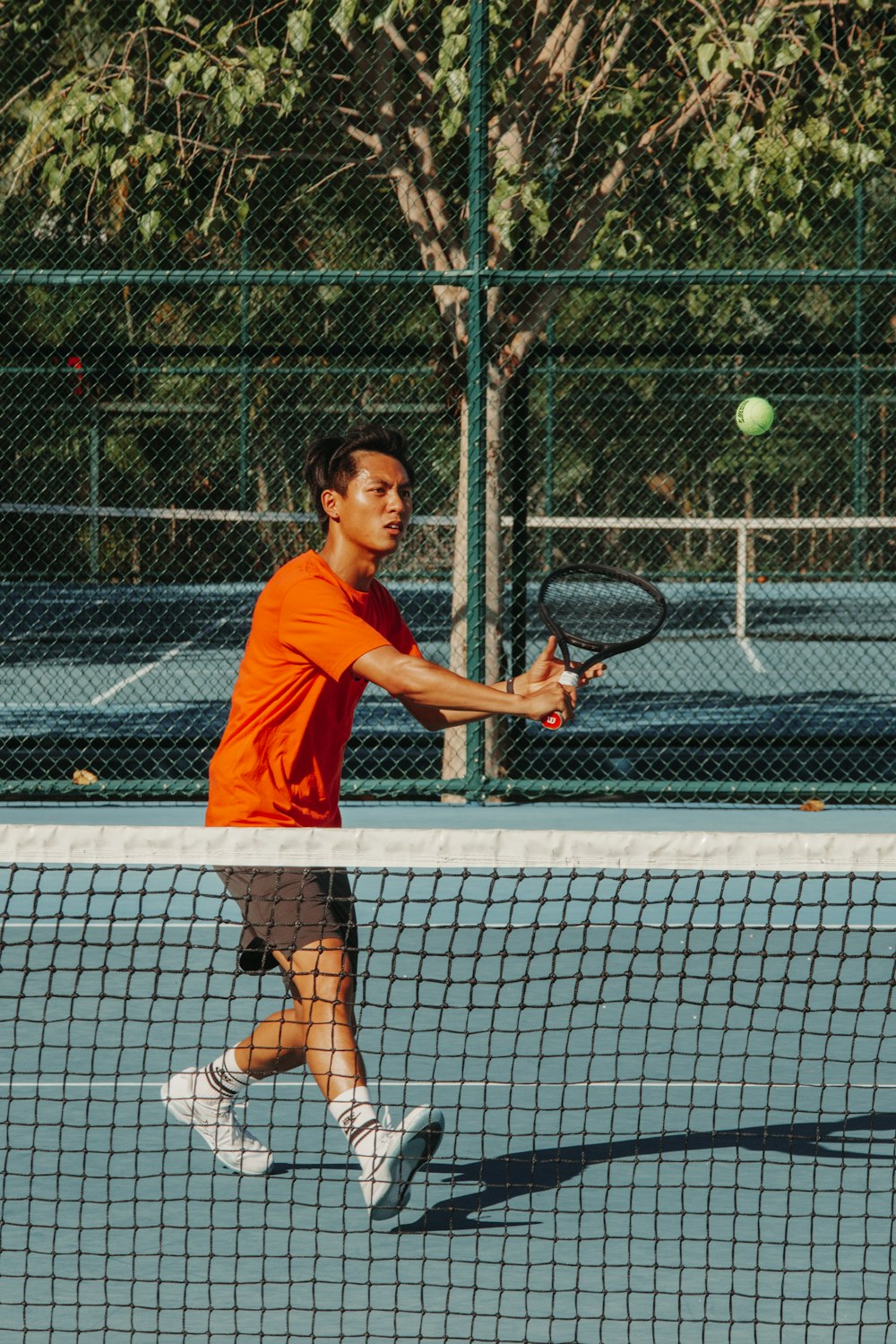


Comments are closed.